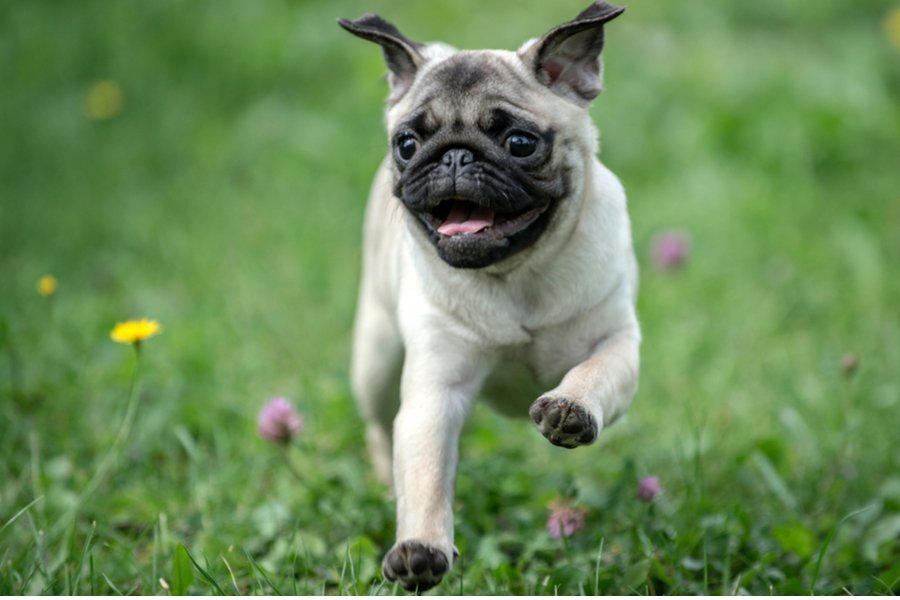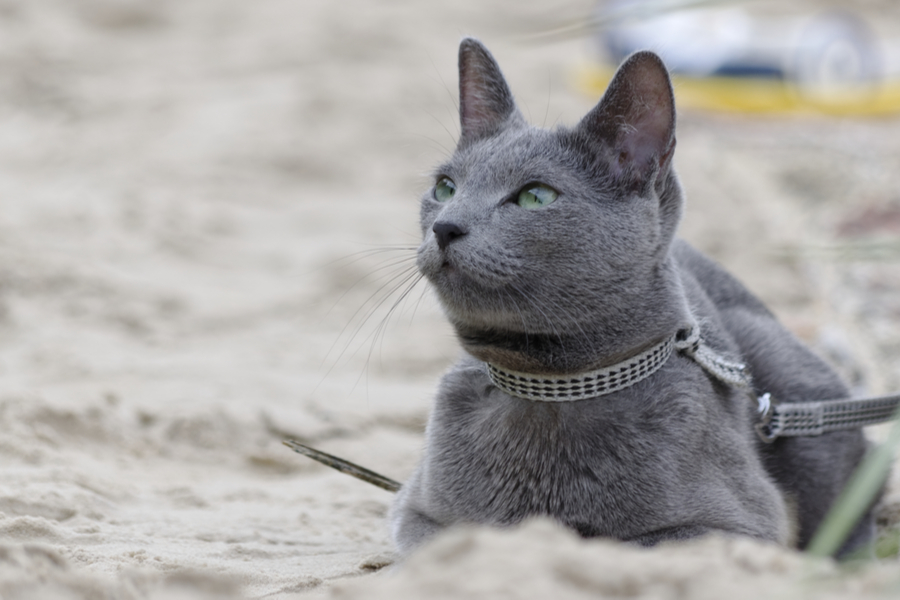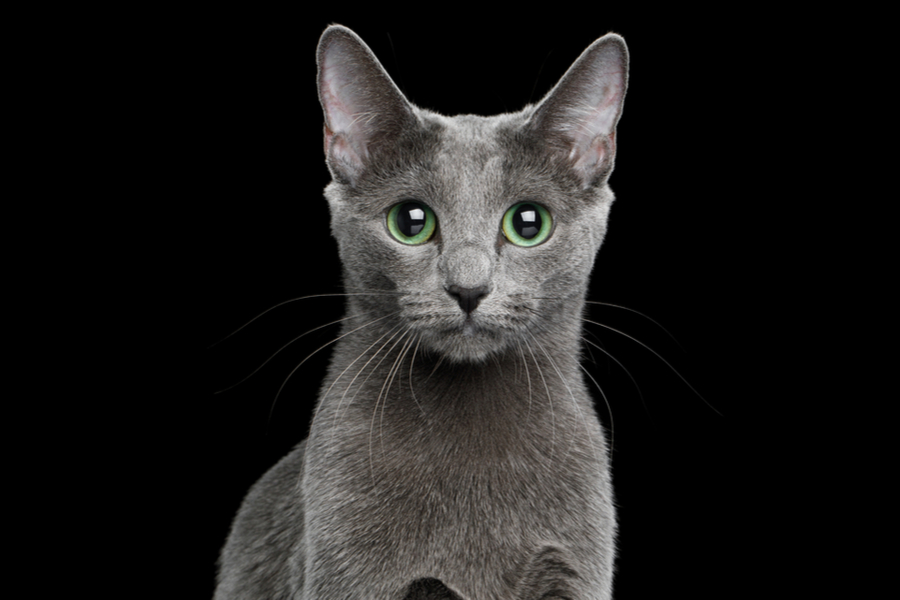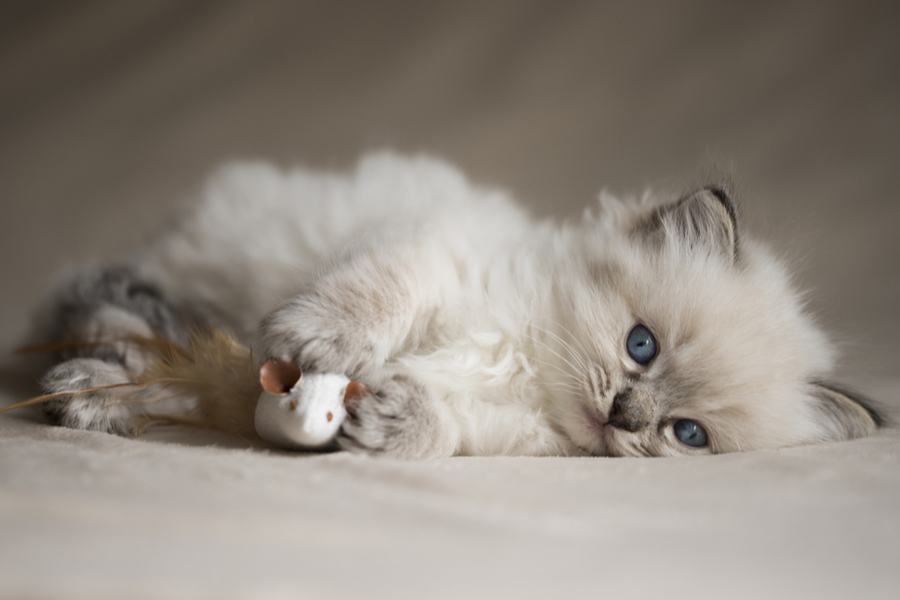Average sizes and life expectancy for this breed:
The Pug's adorable face with deep wrinkles around its big, dark eyes is bound to make you smile. It’s thought that the name ‘Pug’ comes from the Latin word for ‘fist’ because their faces resemble a human fist.
Pugs are known to be clowns at heart, but they still carry themselves with pride. These are playful dogs that are always ready and willing to participate in a fun game. They are also very affectionate and love to be close to their humans as much as possible. Pugs enjoy being the centre of attention and can become heartsick if ignored.
Pugs are square and stocky canines that usually weigh no more than 8 kg. According to Chinese Legends, their trademark facial wrinkles were highly valued because they resembled good luck symbols.
Pugs will suit families with children of all ages because of their playful, patient natures. However, they require someone to be home for most of the day because these dogs are prone to separation anxiety.
See available puppies




The Pug is an ancient dog breed that’s thought to have originated in China around 400 BC. However, their exact ancestry is a mystery. Some people believed they descended from mastiff-type dogs, whereas others believe they may have descended from the Happa; an ancient Chinese dog breed that looked similar to the Smooth-coated Pekingese of today.
It is thought that the word "Pug" may come from the Latin "pugnus" for fist, to describe their round faces and heads. However, this name does not match the dog breed's personality. These cute canines are not really guard dogs but intended primarily as companion animals. In China, they were regularly bred as canine companions for the wealthy and those of high statuses, such as emperors.
Later, these dogs were exported to Japan and Europe, where they quickly became favoured by Monarchs. In fact, it was a Pug that sounded the alarm that alerted and saved Prince William the Silent from approaching Spanish soldiers in 1572. Because of this, the dog breed became closely associated with the Royal House of Orange.
In 1731, the word ‘Pug’ was defined in a dictionary as a nickname for a monkey. Marmosets were popular pets at the time, so the name was probably coined because of the similarities in their squashed-looking faces. The word was also commonly used as a term of endearment, particularly by Shakespeare. In Victorian England, the Pug became increasingly popular which is why they can be found in multiple paintings from that period.
It is England that is generally credited for forming the little Pug breed we know and love today. Over the years, original Pugs were bred with various other breeds such as Bulldogs and King Charles Spaniels. Furthermore, Holland is believed to have had a strong hand in developing the breed. Pugs became so popular in the country that they were known as Dutch Mastiffs for years. This may have led to some confusion over the origins of this breed.
The first studbook for Pugs in the UK began in 1871, with 66 Pugs in the first volume. These dogs were first brought to America after the Civil War. The American Kennel Club first recognised the breed in 1885, with the Pug Dog Club of America forming in 1931.


These compact dogs are well-proportioned and robust. Their heads are pretty large compared to their little bodies. They are round, with snubbed black noses that are also big compared to the size of their heads. Their large, expressive, dark eyes and the wrinkles around their faces are the dog breed’s defining and unique physical traits.
Their small ears are like velvet to touch and come in two types: Rose ears and Button ears. Their mouths are somewhat undershot, which adds to their general appeal. These dogs have strong, thick necks that are slightly arched.
Their well-muscled forequarters are robust with nicely sloping shoulders. They have very cobby-looking bodies with broad chests, well-sprung ribs, and level toplines. Their strong hindquarters are well-muscled, and their back legs are well-developed. Their feet are neat with black nails and well-defined toes. These dogs have tightly curled tails that are set high over the back. A Pug’s body should have well-defined hard muscles but should not be overweight.
Pugs have a short, smooth, glossy, and fine coat with a well-defined black line that runs all the way to their backs. These dogs also generally have dark markings on their coats, such as moles on their cheeks, thumb marks on their bodies, or diamond markings on their foreheads. Recognised coat colours for this breed are:
Pugs are not the active socialites that some of the other toy breeds are. They are a bit more serious and laid back. They can be stubborn but typically want to please.
These dogs are not generally prone to extensive barking, digging, or chewing. Saying that, they should never be left alone for long periods because this can cause them to become distressed. Pugs are inclined to get along well with other dogs and are robust and patient enough to get along with children of all ages. These dogs love company and affection.
Pugs are well-known for their kind, sweet characteristics. This has made them incredibly popular canine companions over the years. Some Pug owners say that having a Pug at home is like living with a small child. This is notably true when it comes to their need for human attention.
These little dogs are ultra-sociable, so they blossom around people. They are playful, loyal, and just a little bit mischievous which just adds to their charm.


Pugs have been bred to be loyal canine companions. As a result, they have a balanced and stable temperament, as well as a friendly, loving nature. Pugs live to entertain their owners and families - which makes them generally easy to train. Pugs are smart, quick learners but they do have a stubborn streak. They can become easily distracted and get bored quickly with repetitive tasks. So, make sure you keep training sessions short and fun.
These dogs generally do well with positive reinforcement training. However, they can be very sensitive. So, harsh training methods should never be used. Pugs desire to be with their human companions and will not appreciate being left alone for long periods. Early socialisation and puppy training classes are essential for the dog's overall well-being.
The Pug’s short, smooth, glossy coat requires minimal maintenance. However, bear in mind that these dogs do shed. Eliminate any loose hair and help keep them looking their best by brushing with a medium-bristle brush, a rubber grooming mitt, or a hound glove weekly. Pugs don’t need to be bathed regularly unless they happen to get into something particularly messy.
Their nails must be trimmed as needed. It is recommended to train them early, or you can let a professional groomer do it if it becomes a challenge.
Daily teeth brushing is still best to avoid tooth and gum disease and bad breath. But brushing two to three times a week is sufficient enough to remove bacteria and tartar buildup.
As you groom your Pug, make sure to examine their body for any signs of infection such as inflammation or swelling on the eyes, skin, nose, mouth, ears, and feet. Their eyes must be clear without redness and discharge. In addition, you will need to regularly clean their ears to prevent infection. You can do this by gently wiping the outer parts of the ears with a cotton wool ball and a vet-approved ear cleaner. Never push anything into the ears as this can damage the ear canals.


A Pug’s average life expectancy is 12-15 years when well cared for and given an appropriate, high-quality diet that is tailored to their needs. However, Pugs are a brachycephalic breed, which refers to their abnormally short noses. As a result, these dogs can suffer from breathing problems, especially in warmer weather. Always make sure you purchase any puppy from a licensed breeder. They will ensure your Pug has been well socialised and appropriately weaned. They will also perform tests to check for any underlying health conditions.
Some of the health issues seen in Pugs include:
Pugs adore children. While they are small, these little dogs are not delicate like some toy breeds. So, they are a good choice for families with kids. However, if your child wants an active pet to play fetch with, then this dog breed may not be ideal because they tend to be on the lazier end of the spectrum. Adults must always oversee interactions between children and pets to avoid any accidents and other mishaps.
Pugs are also generally good around other dogs and animals. They hardly ever show any signs of aggression. However, like any other dog breed, Pugs need to be properly socialised from puppyhood, so they grow up to be confident, friendly, and well-mannered dogs.


We can connect you with Breeders that are specialized in this particular breed.
See available puppies
France
Size : Medium
Coat : Short
Registration : KC, FCI, AKC
Exercise : 30 minutes
Training : Medium
Grooming : Once a Week


Need some advice?
Whether you're a first time pet owner, an experienced pet owner, a new or long-time breeder, or just curious about pets, we've got you covered!

January 17, 2024
What Is The Personality Of Russian Blue Cats?
Russian Blue cats are most known for their distinctive shimmery blue-silver coat and piercing green eyes. However, this breed’s calm and gentle temperament is what makes them shine the most in the feline world.

January 17, 2024
10 Facts About Russian Blue Cat Breed
Russian Blues are one of the most aesthetically stunning cat breeds, with a gorgeous plush silvery coat and vibrant green eyes. However, it’s not only their appearance that is beautiful; their nature is too.

January 17, 2024
How To Choose The Right Cat Breed for You
Cats can make the most fantastic animal companions; they are adorable, friendly, and loving. However, not all felines are created equal. There are many different breeds, of which each has its unique personality traits.
Need some help?
Contact us to speak to our friendly advisor, who will gladly help you find your dream pet!



We are registered in England and Wales under registration number 12568840,
and our registered office is at 58-60 Kensington Church Street, W8 4DB London, England.
© 2023 The Pedigree Paws